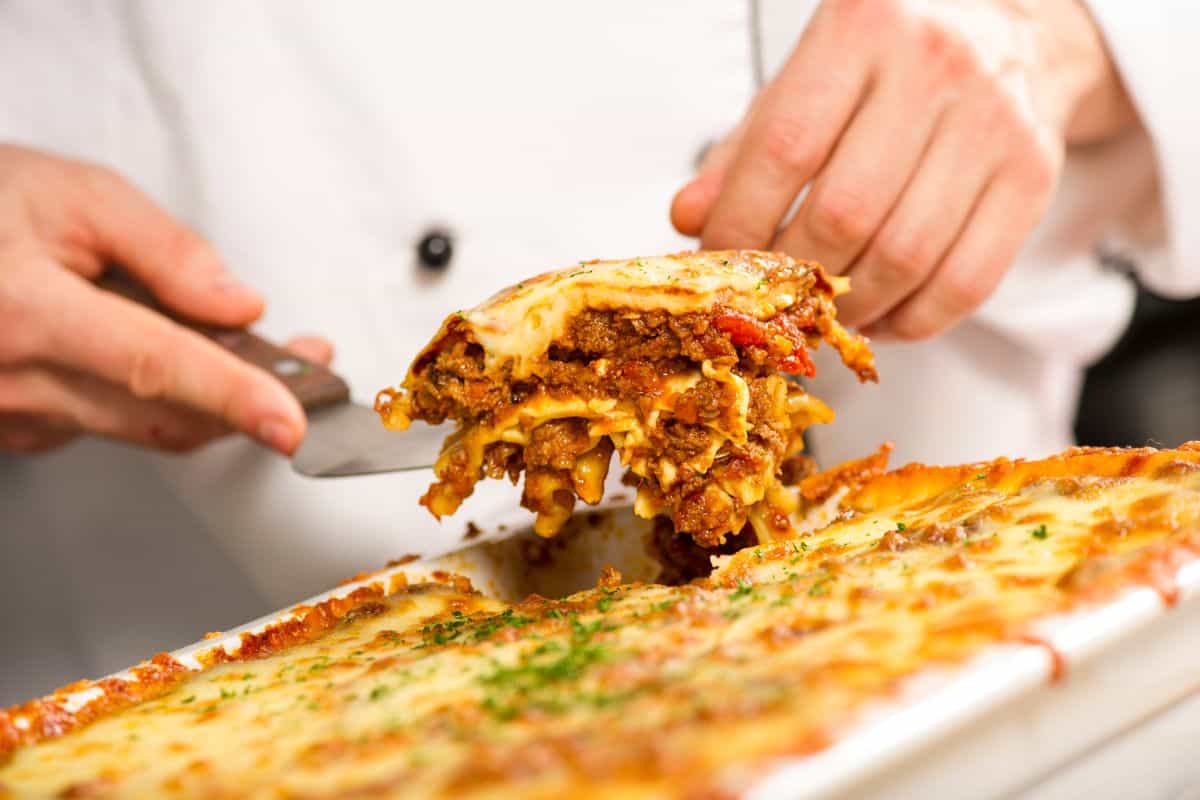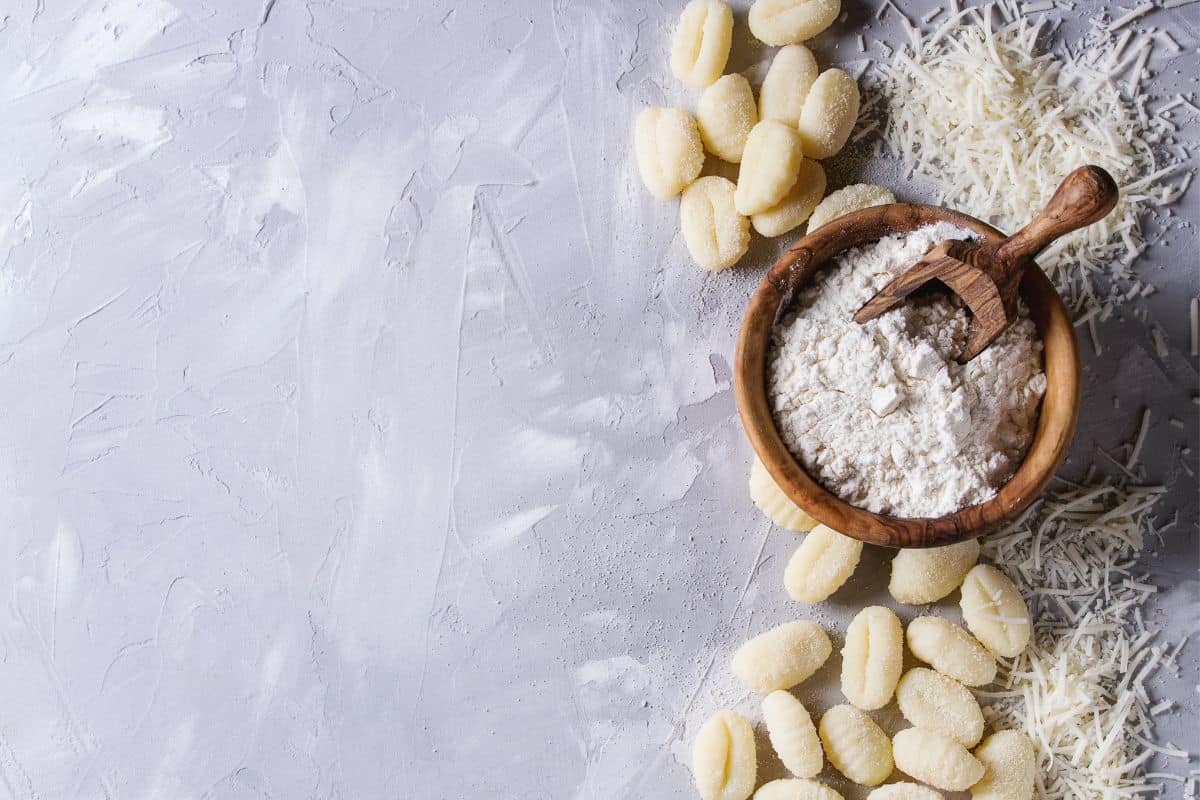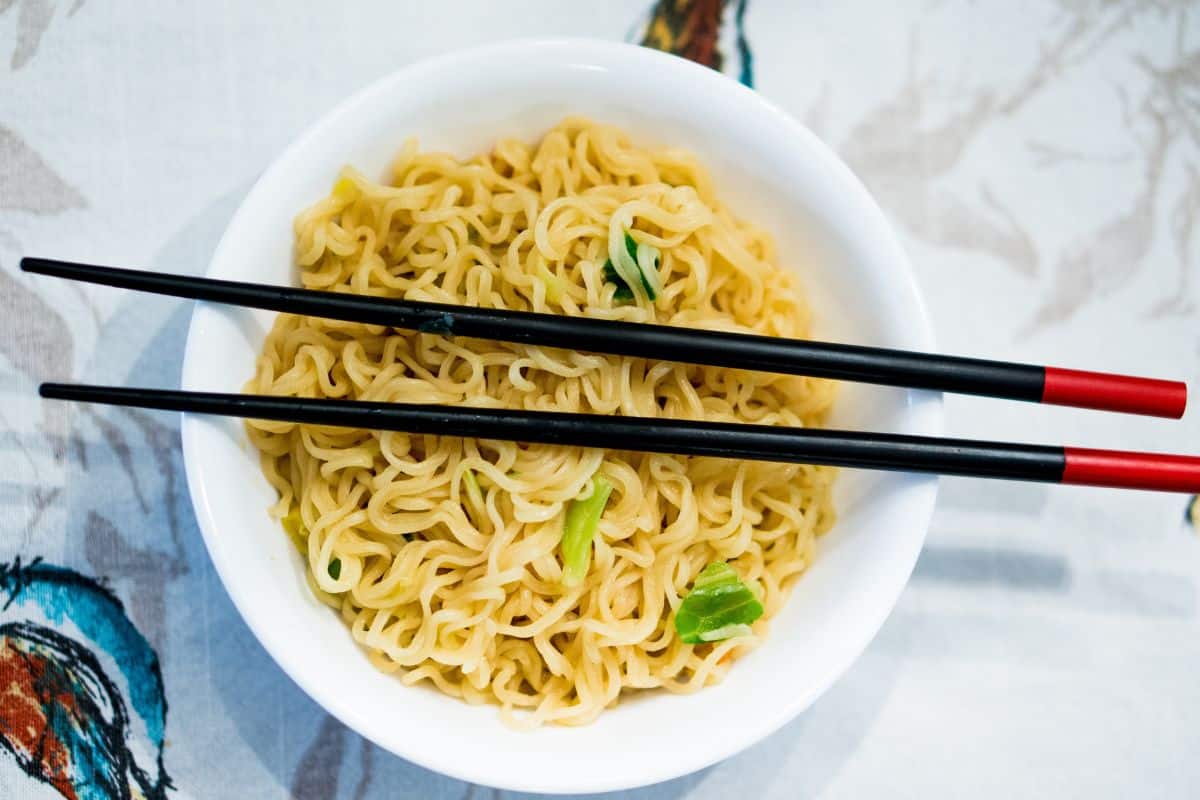What is Each Made Of?
When it comes to pasta vs. noodles, there is a lot of confusion. You need to understand that there is a difference between pasta and noodles. The difference comes in the ingredients for preparing them. For noodles, you will need common wheat flour. On the other hand, you will use durum semolina for pasta. However, the distinction is not always so clear.
The Difference Between Pasta and Noodles
Noodles and pasta are common food products that many people mistake, but there is a lot that distinguishes them beneath the surface. Even within the industry, some people may be unaware. For example, if you’re milling flour and don’t know the end product, you might think pasta and noodles are the same.
So, what are noodles made of? Noodles and pasta differ primarily due to their ingredients and the type of processing involved. You can make noodles with flour milled from common wheat and pasta from durum semolina, which is coarser than regular flour. However, the difference is not always so clear-cut.
Because durum is so expensive, some processors use common wheat for pasta. However, laws require you to make pasta entirely of durum wheat in a larger market like Italy. Certain markets, such as Japan, are beginning to use durum in fresh alkaline noodles due to the yellow color that the flour provides.
There are many formulas for making various Asian noodles, but you will always need salt during manufacturing. Noodles go through a “sheeting” process where dough passes through a series of rollers to produce a flat sheet. It is then cut into individual noodle strands.
Pasta, on the other hand, combines durum semolina and water to make a stiff dough. After, you then extrude the dough through a mold or die to create various shapes, such as lasagna, spaghetti, or macaroni.
When it comes to noodles vs. pasta usage, you will find pasta on the shelf where they sell it as a dry product. You can eat it warm, either baked or boiled. On the other hand, you will find fresh, parboiled, dried, steamed, or deep-fried noodles. There are various ways to produce and sell them. You can also eat them cold, hot, or in a stir-fry.
The difference between the two is discernible through taste and texture. Quality pasta has an “al dente” texture, which means it is soft on the outside but firm on the inside.
The whole point of al dente pasta is that the first bite should break the pasta. You don’t normally want that for noodles, depending on the market and even the region of Asia. Noodle types, for example, differ greatly between southern and northern China. They look for different degrees of firmness, elasticity, or softness.”
The taste of Asian noodles varies depending on the processing and type of salt used in the formulation. The majority of dry pasta products have a consistent flavor. The distinguishing feature of pasta is how well the sauce adheres to it and how the al dente texture holds up in cooking.
There is gearing of pasta toward North American and European markets, whereas Asian markets target Asian products. However, instant noodles are available all over the world. You can find them in any country on the planet.
Even in Italy, known as the pasta capital, you would never see an instant noodle product on the shelf in previous years. Still, now you’ll find entire sections in the grocery store.
Egg Noodles vs. Pasta Taste
Egg noodles are ribbons of dough made from eggs and flour. The term “noodle” refers to their long shape; many refer to long pasta shapes as noodles. These noodles are popular in German, Asian, Jewish, and Turkish cuisines. While each culture has its egg noodle recipe, most grocery stores sell wide, flat, yellow, and dried egg noodles.
The main distinction between egg noodles and pasta is that the former must have eggs. While many homemade pasta recipes call for eggs, most dried pasta sold in stores does not. Egg noodles are a global staple that you can stir-fry, bake, or incorporate into various soups and sauces. Pasta complements Italian flavors and techniques best.
Carbs in Egg Noodles vs. Pasta
A 0.22 pound (100 grams) of regular dry pasta contains approximately 0.17 pounds (75 grams) of carbohydrates, whereas 0.22 pounds (100 grams) of egg noodles have about 0.16 pounds (71 grams) of carbohydrates. To put it into context, a cup of penne pasta weighs approximately 0.202 pounds (92 grams) and contains 0.16 pounds (71 grams) of carbohydrates.
On the other hand, a cup of spaghetti weighs approximately 0.201 pounds (91 grams) and contains 0.15 pounds (68 grams) of carbohydrates. Egg noodles are slightly lighter, weighing only 0.08 pounds (38 grams) per cup and having 0.06 pounds (27 grams) of carbohydrates.
In addition to having a lot of carbohydrates, the calories in pasta are moderately high. One hundred grams of regular pasta contains about 370 calories, while the same amount of egg noodles contains about 385 calories.
Rice Noodles vs. Pasta
Rice noodles are Asia’s second most popular rice product, after rice grains. Regular pasta, or enriched spaghetti, is more common in the United States. Regular pasta contains more nutrients than rice noodles; however, rice noodles are gluten-free, making them a better choice for people with gluten sensitivities.
Carbs in Rice Noodles vs. Pasta
Rice noodles and pasta have almost the same carbohydrate and fiber content. Regular pasta contains 0.04 pounds (21.6 grams) of carbs and 0.003 pounds (1.3 grams) of fiber. Rice noodles have 0.05 pounds (21.91 grams) of carbs and 0.002 pounds (0.9 grams) of fiber.
Types of Pasta
Pasta grew from a humble strand to a sprawling empire wherever it has its roots. There are quite a number of pasta available. While the ingredients are all the same, you can choose the shape and style you prefer. Here are some popular pasta varieties:
Lasagna
Lasagna is flat and wide sheets of pasta often used to make the oven-baked layer dish of the same name.

Macaroni
This dry tube-shaped pasta, which you need to cut short and small, is frequently found in the famous mac and cheese dish. This is a childhood staple for many.
Penne
This is a cylinder-shaped pasta that gets its name from its resemblance to a quill. Because of its versatility, it is a popular choice.
Fettuccine
For many years, long and flat ribbons of fettuccine have been popular in Italian cooking. These pasta ribbons originate from famous popular dishes from Rome and Tuscany. You can serve them with a heavier, richer sauce.
Gnocchi
Gnocchi is soft and doughy dumplings made from pasta and potatoes, the epitome of comfort food.

Ravioli
Ravioli are round, flat, or little square parcels that usually have crimps at the edges and various fillings.
Types of Noodles
Noodles are now one of the world’s favorite dishes. Have a look at the oodles of noodles that are still ruling a dynasty:
Lo Mein
This is a thick egg wheat noodle you use in the dish Lo Mein. Lo Mein derives its name from the Chinese Lao Mian, which means to stir or mix noodles. Because Lo Mein is now a popular dish in the United States, several people use the name to refer to the dish and the type of noodles used.
Ramen
These thin, wheat-based noodles are traditionally always fresh and have a fantastic chew. They get their chewy golden texture from adding alkaline salts, traditionally kansui (a potassium carbonate solution and baking soda). Still, these days you can also use lye water.
Ramen has an association with instant noodles in the United States. These noodles are flash-fried, dried before forming into a block, and soaked in liquid. Instant ramen is extremely popular due to its speed and convenience, and billions of people worldwide slurp it every year.
Soba
Soba noodles from northern Japan come from buckwheat, which gives them a darker color. Soba noodles have an earthy, slightly nutty flavor, making them feel light and healthy. They have more fiber and protein compared to other noodles. You can serve them hot or cold.
Udon
The humble egg noodle, a staple of Chinese restaurants everywhere, has so much going for it and is technically very similar to the Lo Mein noodle. This vast category contains numerous branches, and many Chinese wheat noodles will fall under the category of egg noodles.
Egg noodles have a springy texture and come in various thicknesses, making them suitable for almost any dish.
You make egg noodles from eggs and wheat that can be fresh or dried. They range in width from wide wonton egg noodles to fresh and thin. Put them in your soup or a chilled summer salad – they’re delicious in any combination.
Mung Bean
It is also called glass noodles. Make it from a simple mung bean starch and water mixture. It is transparent and extremely thin, an excellent source of calcium. Mung bean noodles crossed cultures, appearing in Chinese stir-fries, spiced Thai salads, and even as an ice cream topping in India.
Hokkien Noodles
Hokkien noodles, thick and yellow and completely robust, originate from China but also appear in popular Malaysian and Singaporean dishes. You can make these noodles with wheat flour and egg yolks (which give them that golden color). When added to soups, they can be soft and chewy, or you can fry them until completely crispy.
Shirataki Noodles
Shirataki noodles are low calorie and carb, vegan and gluten-free. It checks all the boxes for those with dietary restrictions. These pale and slightly translucent noodles are 97% water and blended with glucomannan fiber, which gives them shape and a fantastic chewy texture.
Are Noodles a Form of Pasta?
Are noodles pasta? Yes, all noodles are pasta, but not all pastas are noodles. Couscous, for example, is pasta but bears no resemblance to a noodle. You cannot make all pasta with wheat flour.
It’s still pasta if you make it from rice or another grain, but it might not be a noodle. To clarify, pasta can refer to a finished dish; thus, the stuffed dough may be pasta (ravioli, torellini, etc.) but not a noodle.

Noodle and Pasta Similarities
Noodles vs. pasta: Is there much difference between these two staple foods? There are, but there are also many similarities! If you’ve recently discovered the joy of hand-making your noodles or pasta at home with a pasta maker, you’ve probably noticed that the preparation technique is very similar.
We frequently refer to ”noodles” and ”pasta” as ”noodles,” despite each having very specific criteria. Noodles and pasta have distinct origins, histories, and applications in the culinary world. Although they differ in shape, size, and ingredients, you can use them interchangeably.
Because noodles and pasta contain a lot of complex carbohydrates, they provide energy gradually rather than all at once. This is why marathon runners frequently eat noodles or pasta the night before the race.
Noodles come in various shapes, but thin rod shapes are the most common. Pasta comes in multiple forms, each with its name, such as macaroni and spaghetti for tubes or thin rod shapes, cylinders, lasagna for sheets and fusilli for swirls, and so on. Gnocchi and spatzle are also types of pasta.
Noodles and pasta have similar fat and calorie contents. Noodles have 90 calories per half cup, while pasta has 111. They both have a small amount of fat, the majority of which is healthy. Half a cup of noodles contains 0.001 pounds (0.5grams of fat), while half a cup of pasta contains 0.001 pounds (0.65grams) of fat.
We’ve Got You Covered
According to the article, not all noodles are the same. Neither are pastas. One noodle is distinct from the other, and one pasta is different from the other. They are all unique due to the variety of ingredients and shapes and whether they are fresh or dried.
Regardless of their differences, noodles and pasta have a long history. Their broad appeal to many generations to a generation of appetites shows no signs of abating in the foreseeable future.

Community of passionate writers and content creators who share a love for Italian heritage, culture, travel, food, and the Italian-American community. Our mission is to celebrate Italy’s rich history and traditions and connect with others who share the same passion.

